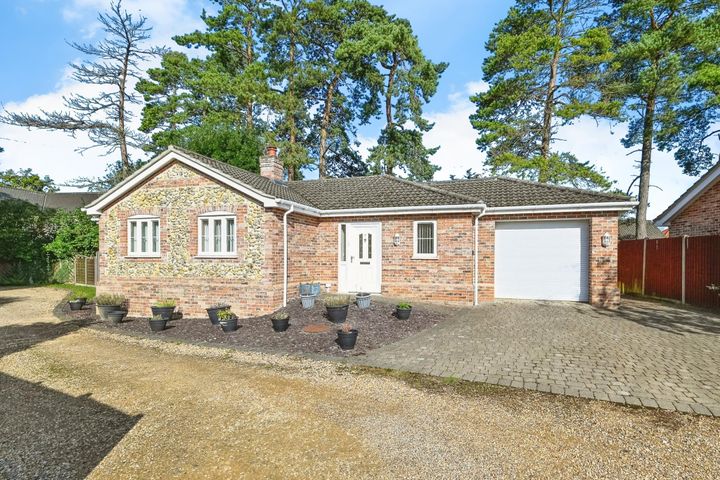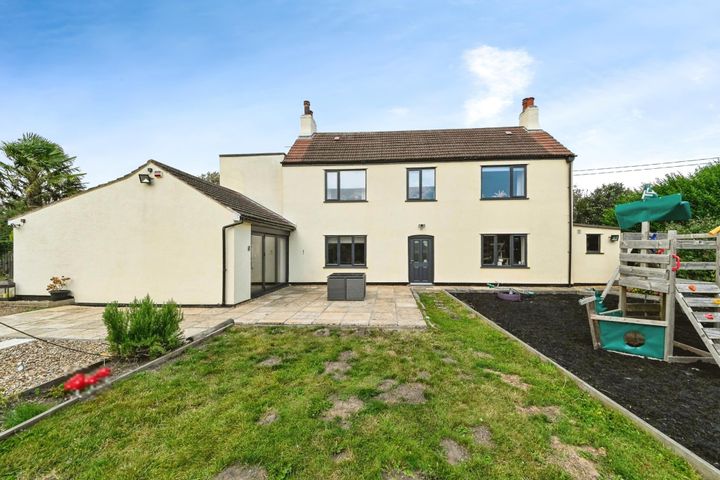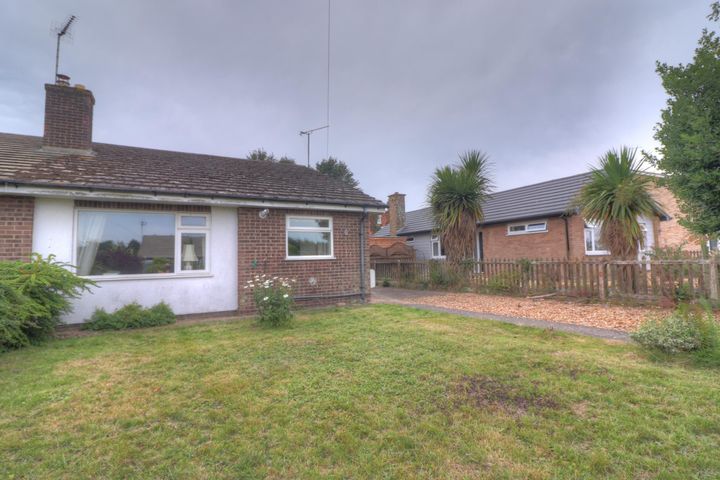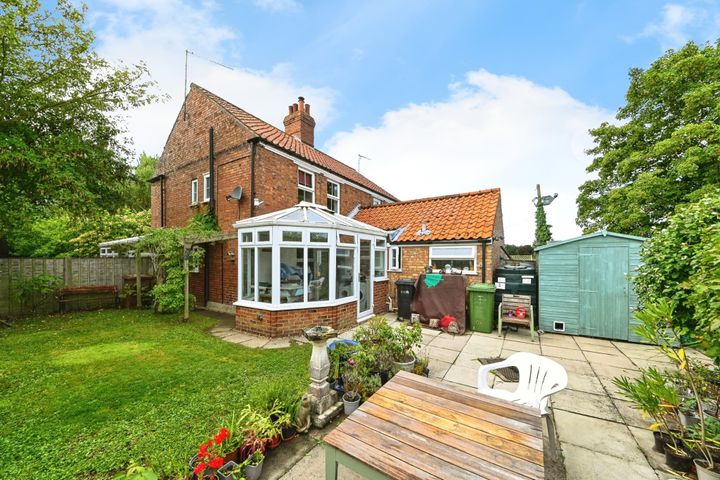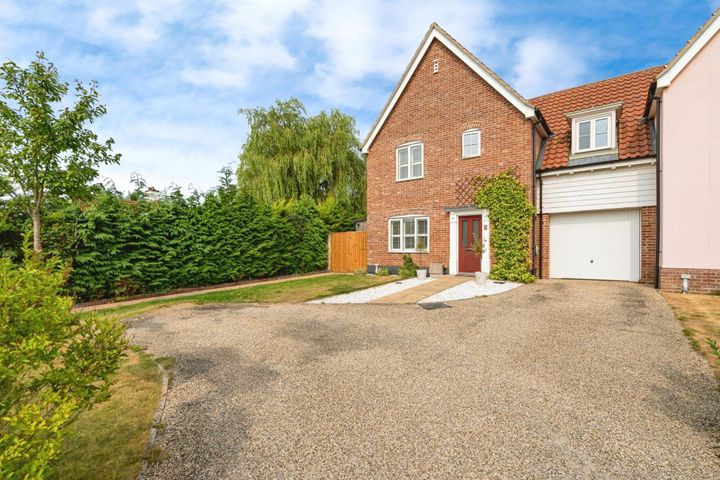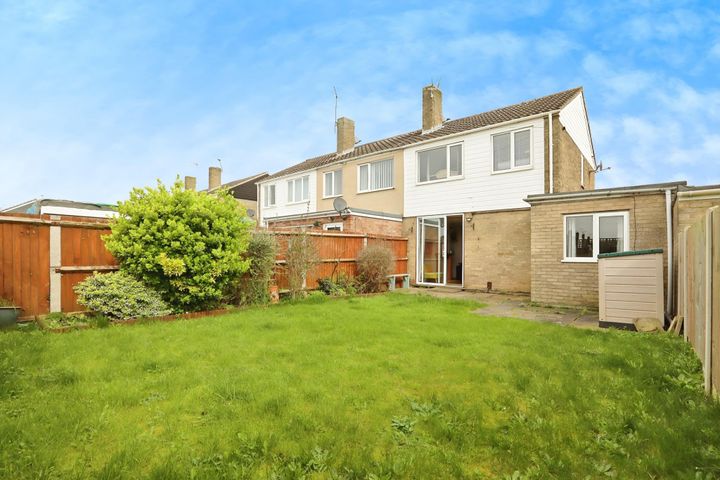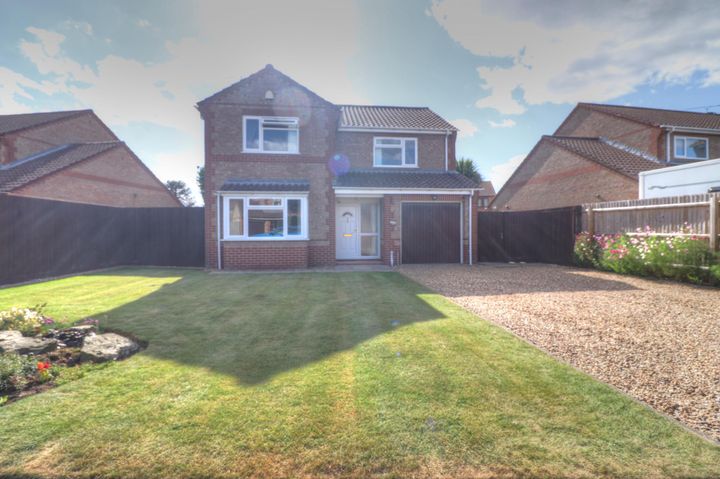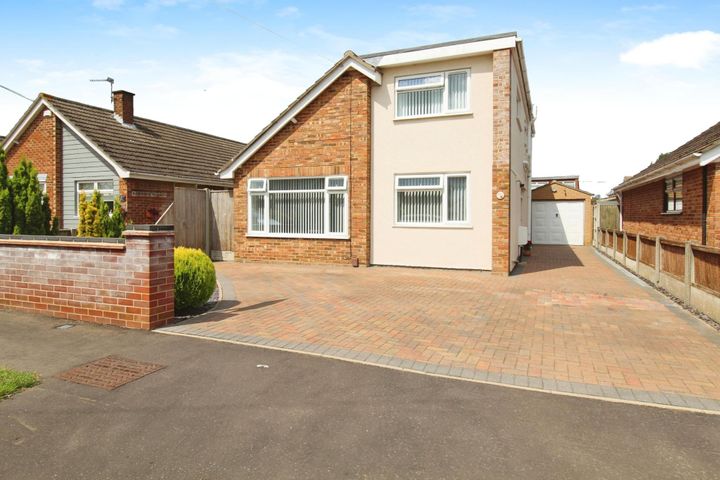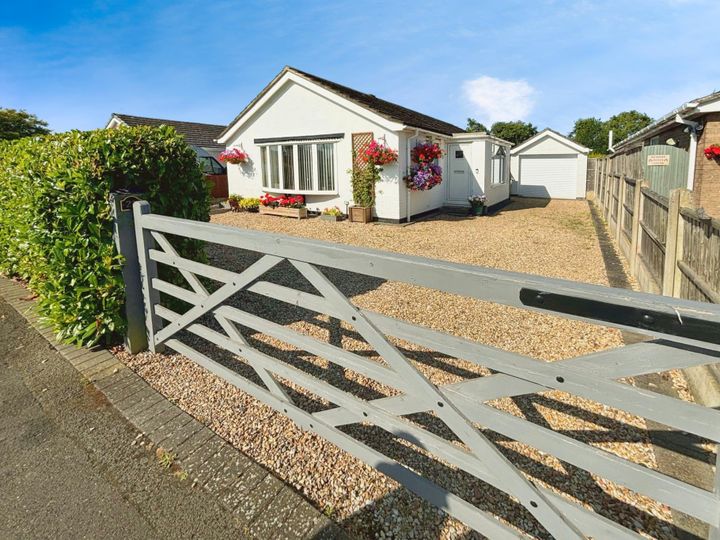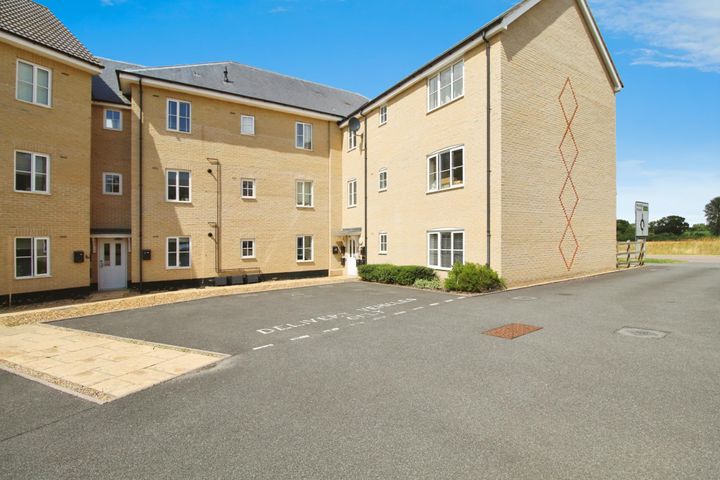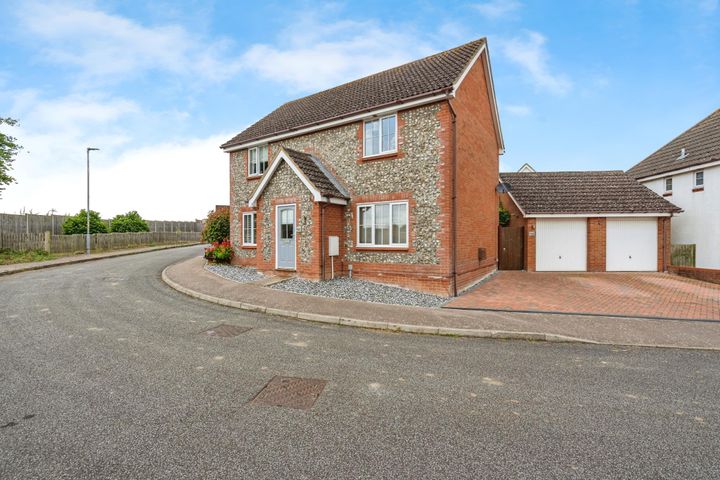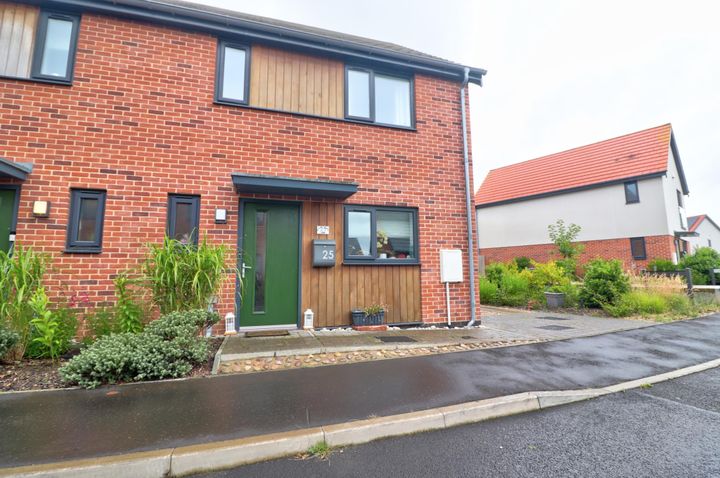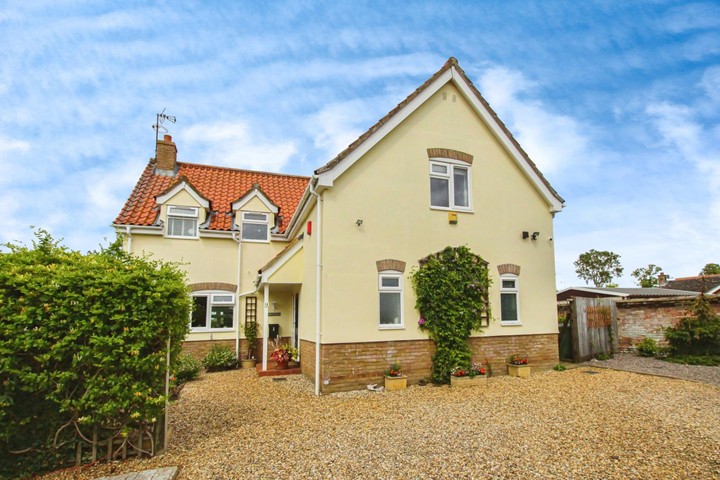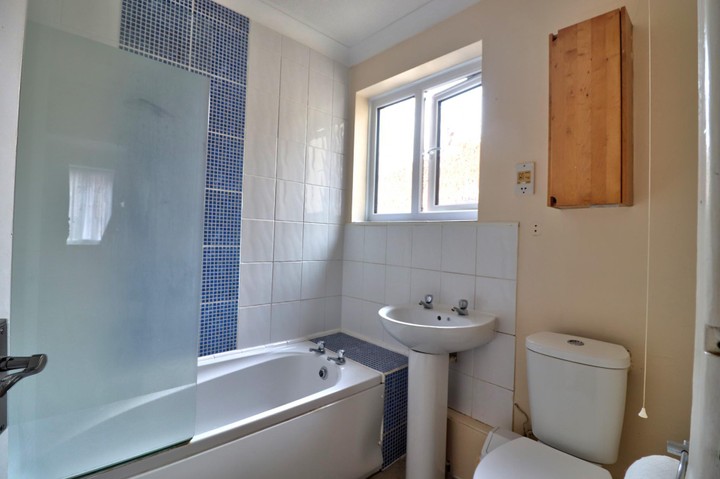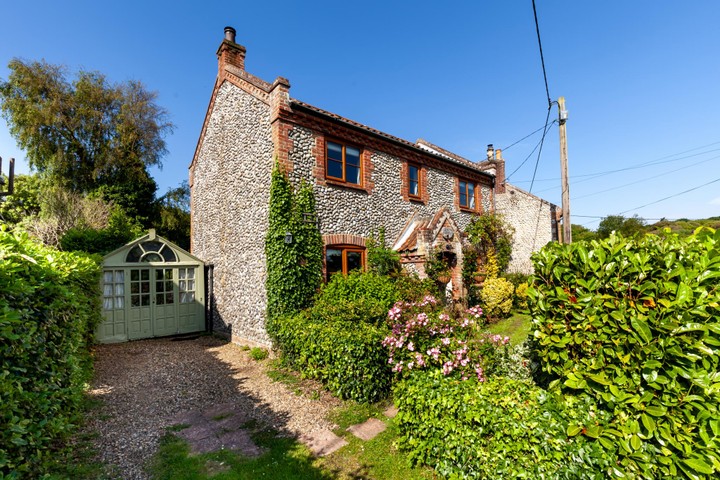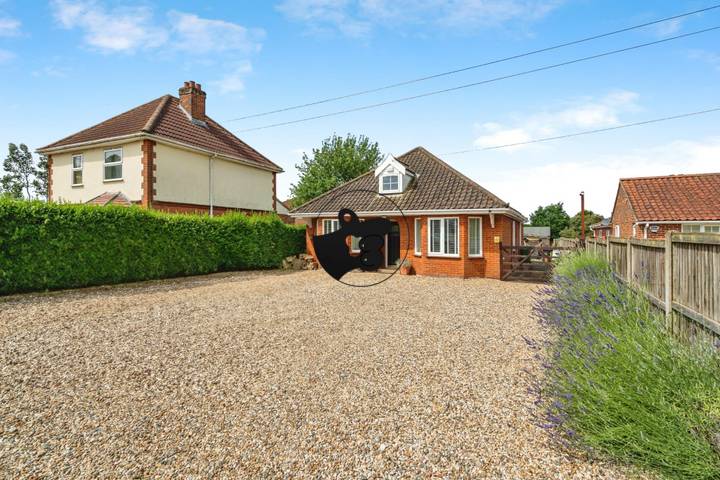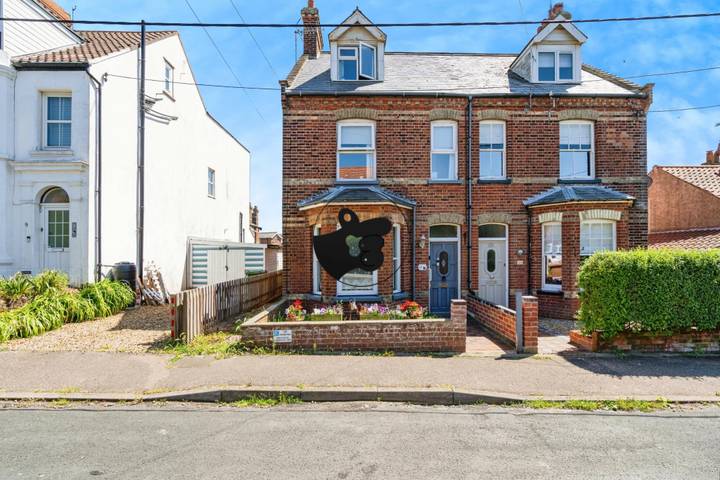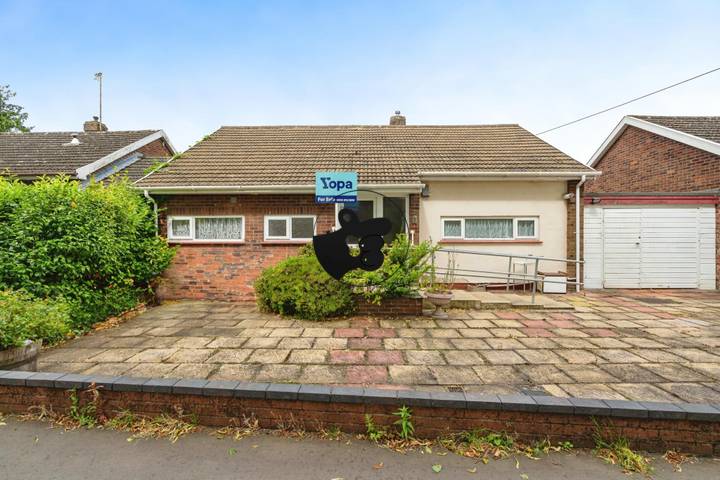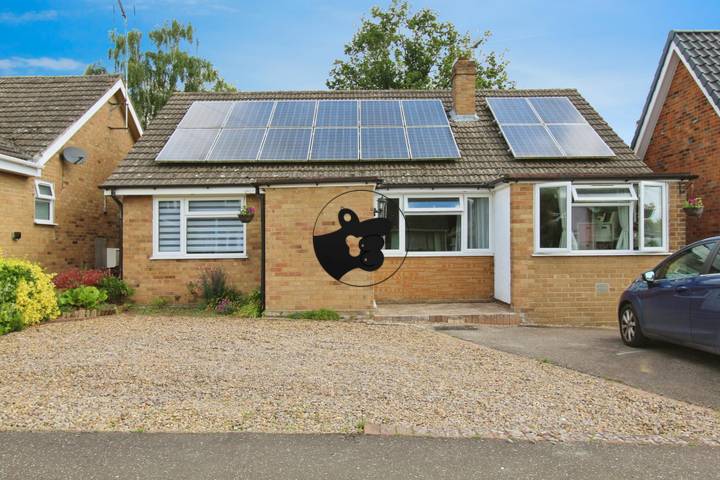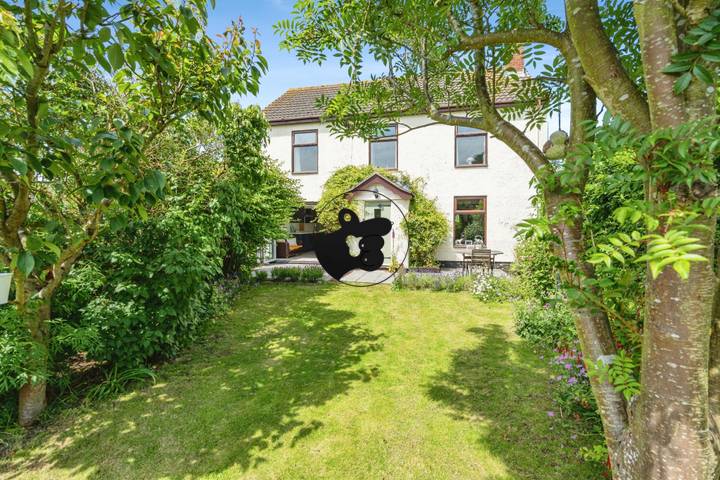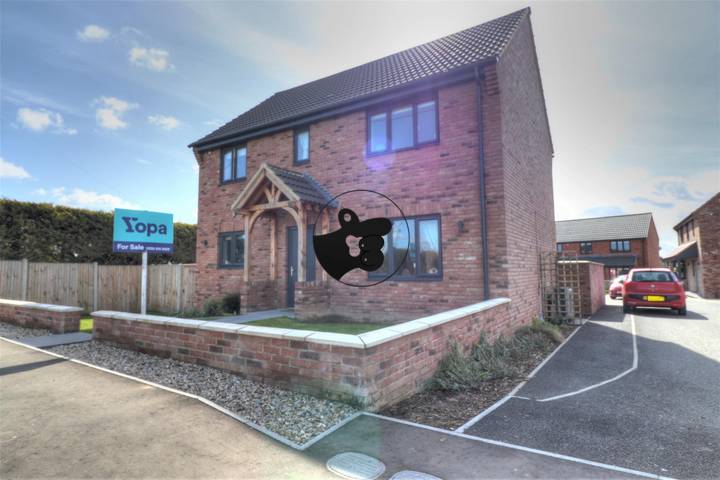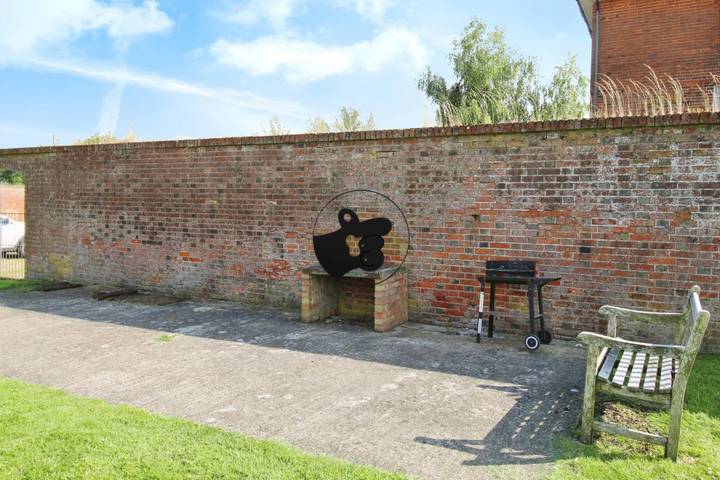Real estate prices in Norfolk are influenced by a variety of factors, including location, local amenities, and market trends. Properties in desirable areas, such as the historic city of Norwich or coastal regions like Great Yarmouth, tend to command higher prices due to their attractiveness to buyers. Proximity to good schools, healthcare facilities, and public transport enhances the appeal of specific neighborhoods, further driving up property values. Economic factors also play a significant role; for instance, fluctuations in employment rates and average income levels in Norfolk can directly impact purchasing power. Environmental factors, such as the scenic countryside and coastal attractions, contribute to demand as well, while government policies related to planning and development can either restrict or encourage growth in certain areas. Finally, seasonal influences, particularly in tourist-heavy locations, can create temporary spikes in property prices during peak seasons.
Norfolk
Location
Price Range
Any price
Price Range
Minimum
No min
Maximum
No max
Property type
Show all
Property type
Show all
House
Apartment
Building
Other
Bedrooms
Any beds
Bedrooms
Minimum
No min
Maximum
No max
Surface Range
Any surface
Surface Range
Minimum
No min
Maximum
No max
Sale type
For sale
Sale type
Show all
To rent
For sale
Location
Apartments and houses for sale in Norfolk
34 results
Recent
Norfolk insights
| Aspect | Summary |
|---|---|
| Population | 136,400 |
| Average Property Price | £250,000 |
| Rental Yield | 5.5% |
| Average Rent | £1,200 |
| Occupancy Rate | 92% |
| Capital Growth Rate | 3% annually |
| Property Tax | £1,500 annually |
| Transaction Costs | 3% of property price |
| Expected ROI | 7% after expenses |
| Economic Growth Impact | Moderate, driven by local industries |
Norfolk FAQ
What factors influence real estate prices in Norfolk?
How do real estate prices in Norfolk compare to nearby cities?
Real estate prices in Norfolk, particularly in cities like Norwich and Great Yarmouth, often present a more affordable option compared to nearby urban centers such as Cambridge and London. For instance, the average house price in Norfolk hovers around £250,000, whereas in Cambridge, it can reach over £400,000, reflecting the latter's status as a tech hub and university city. In Norwich, homes tend to sell for about £230,000, while coastal areas like Great Yarmouth offer even lower averages, often below £200,000, attracting first-time buyers and retirees. The price variations highlight the economic factors at play, such as local employment rates and transport links to larger cities. Moreover, while cities like Ipswich experience increasing values due to their proximity to London, Norfolk’s more rural appeal and slower growth contribute to its competitive pricing.
What is the average price of homes in Norfolk?
The average price of homes in Norfolk varies significantly by location and property type. As of late 2023, the average house price in the county is approximately £290,000, with urban areas like Norwich generally seeing higher prices, averaging around £330,000. In contrast, more rural areas such as North Norfolk tend to be lower, with average prices around £250,000. For example, a two-bedroom flat in Norwich might be listed for around £200,000, while a three-bedroom detached house in towns like Kings Lynn could easily reach or exceed £300,000. The appeal of the coastal areas, such as Great Yarmouth and Cromer, also influences prices, where properties can vary from £180,000 for a smaller home to upwards of £500,000 for larger, more desirable seaside locations.
Have real estate prices in Norfolk been increasing or decreasing recently?
In recent months, real estate prices in Norfolk have experienced a noticeable increase, fueled by a combination of high demand and limited housing supply. The average house price in the region rose to approximately £256,000, marking a 7% increase compared to the previous year. Towns like Norwich have seen particularly steep rises, with prices spiking due to the city's appeal to both families and younger professionals seeking more affordable options compared to London. Additionally, coastal areas such as Great Yarmouth and Hunstanton have become increasingly popular, leading to competitive bidding situations that further drive up prices. New developments, including luxury apartments and eco-friendly homes, have also contributed to the rising trend, attracting a diverse range of buyers looking to settle in picturesque settings. Despite economic uncertainties, the real estate market in Norfolk continues to be robust, reflecting a broader trend observed across the UK.
What are the trends in Norfolk real estate prices over the last few years?
Over the past few years, Norfolk has seen a notable increase in real estate prices, driven by factors such as demand from urban dwellers seeking more space, particularly during and post-pandemic. In popular areas like Norwich, the average house price rose significantly, reaching around £250,000 in 2021, which represented a marked increase from previous years. Coastal towns such as Cromer and Great Yarmouth have also experienced a surge in interest and prices, attracting buyers drawn to their picturesque settings and lifestyle. Additionally, the market for rural properties has strengthened, with properties in more isolated areas often seeing price jumps of up to 10% annually. This trend reflects a broader movement towards suburban and rural living, as buyers prioritize larger homes with outdoor space. The percentage of cash buyers has also increased, indicating a shift in market dynamics influenced by the influx of people relocating to the region.
How do school districts affect real estate prices in Norfolk?
School districts play a significant role in shaping real estate prices in Norfolk, with homes located within highly rated districts typically commanding higher prices. Families often prioritize access to quality education, leading to increased demand for properties near top-performing schools. For instance, neighborhoods zoned for schools with high Ofsted ratings can see a marked increase in property value compared to those assigned to lower-rated institutions. Areas such as Norwich, which offers several well-regarded state schools, witness a robust housing market fueled by parents looking to secure good educational opportunities for their children. Conversely, properties in districts with underperforming schools may experience stagnation or decline in value. Additionally, real estate listings often highlight the proximity to schools as a key selling point, further indicating the direct correlation between educational quality and housing prices in the region.
What is the impact of local amenities on real estate prices in Norfolk?
Local amenities significantly influence real estate prices in Norfolk, as they enhance the desirability of neighborhoods. Areas close to high-quality schools, such as the highly regarded Norwich School, often see higher property values due to the demand from families prioritizing education. Similarly, proximity to parks and recreational facilities, like the picturesque Earlham Park, can boost attractiveness, leading to increased prices in those locales. Additionally, the presence of shopping centers, restaurants, and other essential services, such as the range of options found in Norwich's city center, plays a crucial role; properties within walking distance to these amenities typically command a premium. Transportation links, especially near train stations offering direct service to London, also elevate real estate prices, as seen in areas like Wymondham. Overall, the interplay between local amenities and real estate prices in Norfolk reflects a clear trend, where access to essential services and leisure activities can drive up demand and property values.


